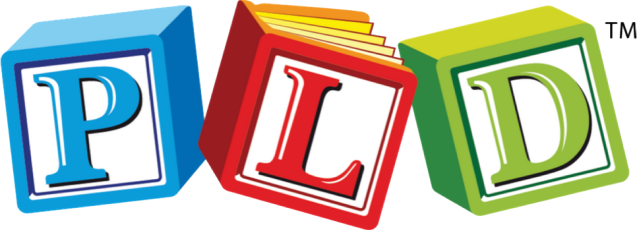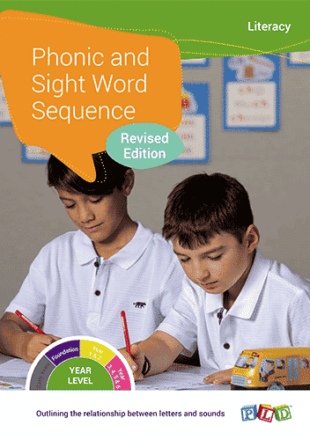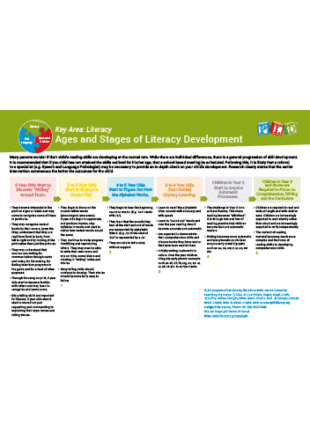This post relates to a discussion on a whole of school approach to PLD spelling. The original poster is an existing user of PLD spelling resources for stage 1, grade 1 and was required to assist the school with expanding spelling across the entire school.
“Dear Diana. Our school is currently reviewing our spelling practice. I have been asked to share with the staff some information about spelling following the PLD scope and sequence.
Do you have a handout that outlines what is taught at each year level in the PLD spelling approach? We do have some of the older books with this information but I was hoping that you may have one updated handout available.
Diana you also presented at one of your Professional Development days, a sheet showing a whole school assessment and how the students were grouped according to their PLD spelling needs. Could I possibly have a copy of this to show the staff. I use and love PLD for year one and I need some more info to “sell” it to other staff members. Many thanks, JB“
Dear JB, Thank you for your support and I am thrilled that the PLD spelling approach to literacy resonates with you.
In terms of what is taught at each year level in the spelling approach, try our free PLD spelling resources Ages and Stages of Literacy Development Fact Sheet; a check-list of phonics, decoding, spelling and sight word concepts for Year 1 (Stage 1) to Year 6 (Stage 6). These check-lists provide a scope and sequence or an overview of PLD spelling skills to be taught in the primary school years.
In addition, I would also direct you to the PLD spelling resource Phonic and Sight Word Sequence, which is a manual providing pages and pages of Stage 1 (Year 1) to Stage 6 (Year 6) PLD spelling word lists. The initial pages of this PLD spelling resource also outlines:
- What placement testing to conduct
- How the testing should be marked
- How to engage the whole school in a process that outlines the ranges in spelling ability in the Year 1 to Year 6/7 classes using PLD spelling resources.
- How classes need to establish three different PLD spelling lists.
- How to establish PLD spelling contracts/activities to explicitly instruct the PLD spelling word lists.
Finally, you will find a world of useful free PLD spelling resources in the Milestone and Factsheets downloads section of our website.
-
Phonic and Sight Word SequenceFrom $65.00$65.00 incl. GST
-
Ages and Stages of Literacy Development – Ages 3 – 12
These are located in the orange panels at the bottom of each Age, Skill and Curriculum page of our website.
I trust this helps and if you have further questions please don’t hesitate to contact me again.
About PLD Literacy
PLD provides an Australian, evidence-based approach to Structured Synthetic Phonics (SSP) for primary school educators. Aligned with the Science of Reading, PLD’s SSP approach extends from the junior primary years through to the upper primary years and facilitates a whole school approach.
PLD’s method is derived from the disciplines of speech pathology, occupational therapy and education. As an Australian publisher and professional development provider, PLD advocates that literacy and learning outcomes are maximised for children when their Literacy, Oral Language and Movement & Motor skills are targeted.
What is the Evidence Base for PLD?
PLD’s Structured Synthetic Phonics (SSP) approach is based on international research and the resources are upgraded as new research becomes available. In addition, our programs are independently assessed by third-party researchers. This research has shown that when PLD programs are used, in conjunction with ongoing professional development and school-wide consistent screening and tracking, measurable differences occur. We would like to share with you three pieces of evidence-based research across three different education scenarios that show the difference that PLD can make to student outcomes.
PLD Underpins High Performance
The 2015 Department of Education Western Australia study, conducted by Professor William Louden, selected nine top-performing schools based on their NAPLAN results and reviewed their processes. The report, “High Performing Primary Schools: What do they have in common?” noted key characteristics included the use of explicit teaching strategies for teaching phonological awareness and phonics. PLD programs were commonly used in the schools investigated. Louden found that high-performing schools used explicit teaching strategies for teaching phonological awareness and phonics through a Structured Synthetic Phonics program.
Endorsed by the WA Department of Education
As a part of the WA Department of Education Phonics Initiative, WA schools will be required to complete an annual phonics assessment for Year 1 students from the start of 2023. The annual assessment will help teachers to identify students who require additional support to develop essential phonics skills. The WA Department of Education has identified PLD as an endorsed phonics program to support schools with this implementation.



 print
print
